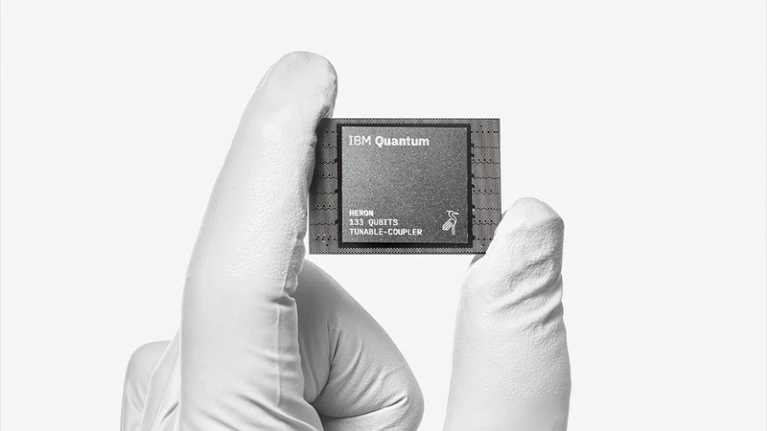Condor Breaks Quantum Computing Barriers, Leading IBM into an Era of Enhanced Error Correction
Bengaluru, NFAPost: In a monumental leap forward, IBM has unveiled Condor, a quantum computer boasting a staggering 1,121 qubits, surpassing all previous records in the realm of quantum computing. The announcement marks a pivotal moment in IBM’s quantum journey, with a strategic shift from mere qubit quantity to a focus on fortifying error resistance.
Quantum computers harness the unique principles of entanglement and superposition, enabling them to tackle computations beyond the reach of classical counterparts. However, the inherent volatility of quantum states poses significant challenges, prompting IBM to pioneer a fresh approach centred on error correction.
Traditionally, IBM adhered to a roadmap doubling qubit capacity annually. Notably, Condor follows its avian-themed predecessors, a 127-qubit chip in 2021, and a 433-qubit iteration in the preceding year. Instead of persisting in the race for larger quantum chips, IBM’s latest chip, Condor, adopts a honeycomb pattern housing 1,121 superconducting qubits.
However, the quantum realm’s Achilles’ heel lies in error susceptibility, pushing IBM to introduce a paradigm-shifting chip named Heron. Boasting 133 qubits with a record-low error rate three times lower than its predecessors, Heron signifies IBM’s commitment to enhancing error resistance.
IBM’s quantum roadmap now pivots towards a groundbreaking error-correction scheme, quantum low-density parity check (qLDPC). This alternative approach promises a tenfold reduction in the number of physical qubits required for each logical qubit, potentially revolutionizing quantum computation.
Acknowledging the theoretical prowess of IBM’s preprint on qLDPC, physicists anticipate formidable challenges in implementing this approach with superconducting qubits. While optimism surrounds the prospect, experts caution that practical experimentation may be years away.
Crucially, qLDPC demands direct connections between qubits, posing a challenge for traditional superconducting chips where each qubit typically connects to only two or three neighbours. IBM, however, unveils a visionary plan to overcome this hurdle by incorporating an additional layer into its quantum chip design, facilitating the requisite connections for the qLDPC scheme.
With this innovative stride, IBM envisions reaching a milestone in quantum computing—performing useful computations like simulating catalyst molecules—by the end of the decade. Oliver Dial, CTO of IBM Quantum, expresses the significance of this achievement, describing the realization of quantum computing’s distant dream as “enormous” and highlighting the tangible path ahead.
In unveiling Condor and Heron, IBM not only breaks records but also charts a new course, propelling quantum computing closer to practical applications and ushering in a transformative era of error-resistant quantum machines.





